| Recent Featured Videos and Articles | Eastern “Orthodoxy” Refuted | How To Avoid Sin | The Antichrist Identified! | What Fake Christians Get Wrong About Ephesians | Why So Many Can't Believe | “Magicians” Prove A Spiritual World Exists | Amazing Evidence For God | News Links |
| Vatican II “Catholic” Church Exposed | Steps To Convert | Outside The Church There Is No Salvation | E-Exchanges | The Holy Rosary | Padre Pio | Traditional Catholic Issues And Groups | Help Save Souls: Donate |  |

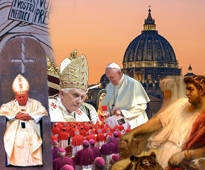
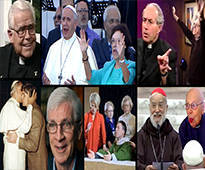
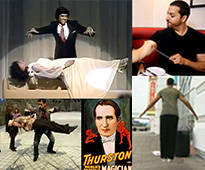
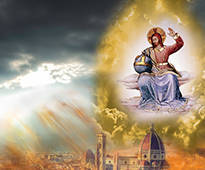

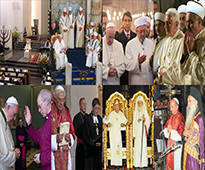


 " />
" />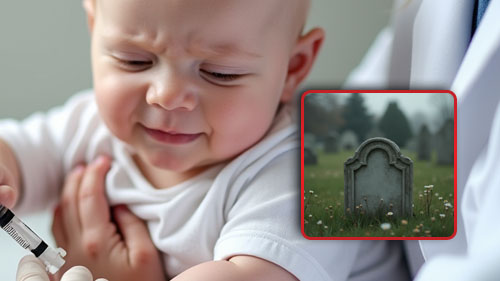 " />
" /> " />
" />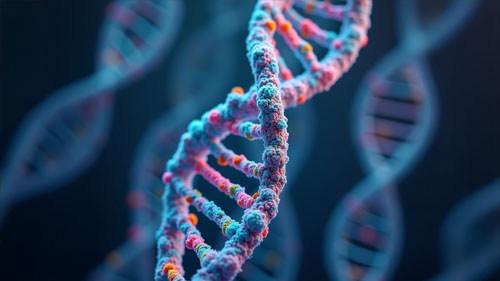 " />
" />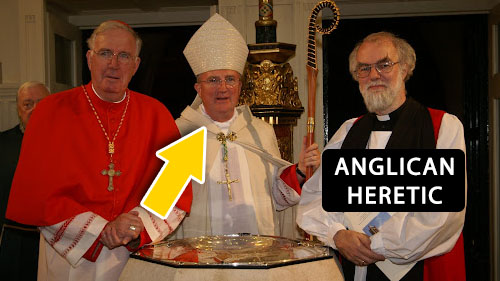 " />
" />




The One Church of the Faithful
The first dogmatic definition from the Chair of Peter on Outside the Church There is No Salvation (from Pope Innocent III) taught that the Catholic Church is the one Church “of the faithful,” outside of which no one at all is saved. But who are “the faithful”? Can one who has not been baptized be considered part of “the faithful”? If we look to Catholic Tradition, the answer is a resounding “no.”
As many of you know, the Catholic Mass is divided into two parts: the Mass of the Catechumens (those preparing to be baptized) and the Mass of the Faithful (those baptized).
In the early Church, the unbaptized catechumens (i.e., those who had not received the Sacrament of Baptism) had to leave after the Mass of the catechumens, when the faithful professed the Creed. The unbaptized were not allowed to stay for the Mass of the faithful, because it is only by receiving the Sacrament of Baptism that one becomes one of the faithful. This is the teaching of Tradition.
Here we see the 4th century Synod of Laodicea affirming the tradition that unbaptized catechumens were to depart from the Liturgy before the Mass of the Faithful began. And this distinction between the Mass of the Catechumens and the Mass of the Faithful was a staple in the ancient rites of the Catholic Church. Hence, Fr. Casimir Kucharek, in his large work on the Byzantine-Slav Liturgy of St. John Chrysostom, says that the Liturgy of the Catechumens is “present in all Rites…”[3] In other words, all of the ancient Catholic rites testified to the fact that no unbaptized person could be considered part of the faithful because they all dismissed unbaptized catechumens before the Mass of the Faithful began!
Hence Fr. Casimir Kucharek further writes:
The Catholic Encyclopedia acknowledges the same teaching of Tradition.
In the third century, the early Church father Tertullian criticized the custom of certain heretics who disregarded this crucial distinction between the unbaptized and the faithful.
Finally, I will quote a prayer from the ancient Byzantine-Slav Liturgy of St. John Chrysostom. The prayer was recited at the dismissal of the catechumens before the Mass of the Faithful began.
Here we see that the ancient eastern rite liturgy of St. John Chrysostom makes a forceful distinction between the unbaptized (the catechumens) and the faithful. It confirms that because the catechumens are not baptized into the faithful, they are not forgiven their sins or united to the Catholic Church. The unbaptized do not belong to the one Church of the faithful. This is part of the ancient Catholic Faith. And obviously this fact is not proven to be part of the ancient Catholic Faith simply because an early Church father stated it – for a statement from a given early Church father doesn’t prove this definitively; but rather it is proven because the testimonies of the aforementioned saints are in perfect harmony with the clear teaching of Catholic liturgical worship, which divides the Mass of Catechumens from the Mass of the Faithful. It is, therefore, the teaching and rule of Catholic worship that no unbaptized person is to be considered part of the faithful. And this is why all who died without the Sacrament of Baptism were refused Christian burial everywhere in the universal Church since the beginning.
And because this was the universal rule of worship in the Catholic Church, it was the expression of the universal Faith and Tradition of the Catholic Church.
Therefore, it would be contrary to Tradition to assert that a person who has not received the Sacrament of Baptism is part of the faithful.
This teaching of Tradition is why in the Traditional Rite of Baptism, the unbaptized catechumen is asked what he desires from holy Church, and he answers “Faith.” The unbaptized catechumen does not have “the Faith,” so he begs the Church for it in the “Sacrament of Faith” (Baptism), which alone makes him one of “the faithful.” This is why the Sacrament of Baptism has been known since apostolic times as “the Sacrament of Faith.”
And with these facts in mind (that a catechumen “begs” for the faith because he isn’t part of the faithful), remember the definition of Pope Innocent III at the Fourth Lateran Council: “There is indeed one universal Church of the faithful, outside of which nobody at all is saved…” The original Latin reads: “Una vero est fidelium universalis ecclesia, extra quam nullus omnino salvatur…” The Latin words nullus omnino mean “absolutely nobody.” Absolutely nobody outside the one Church of the faithful is saved. Since the one Church of “the faithful” only includes those who have received the Sacrament of Baptism – as apostolic tradition, liturgical tradition and Church dogma show – this means that absolutely nobody is saved without the Sacrament of Baptism.
[1] Denzinger 430.
[2] Fr. Casimir Kucharek, The Byzantine-Slav Liturgy of St. John Chrysostom, Combermere, Ontario, Canada: Alleluia Press, 1971, p. 475.
[3] Fr. Casimir Kucharek, The Byzantine-Slav Liturgy of St. John Chrysostom, p. 326.
[4] Fr. Casimir Kucharek, The Byzantine-Slav Liturgy of St. John Chrysostom, p. 100.
[5] The Catholic Encyclopedia, “Faithful,” Volume 5, Robert Appleton Company, 1909, p. 769.
[6] The Catholic Encyclopedia, “Catechumen,” Volume 3, 1908, p. 430.
[7] Fr. Casimir Kucharek, The Byzantine-Slav Liturgy of St. John Chrysostom, p. 458.
[8] The Papal Encyclicals, Vol. 3 (1903-1939), p. 273.
[9] The Sunday Sermons of the Great Fathers, Regnery, Co: Chicago, IL, 1963, Vol. 4, p. 5.
[10] Catechism of the Council of Trent, Tan Books: Rockford, IL, 1982, p. 184.
[11] Catechism of the Council of Trent, p. 159.
[12] Denzinger 570a.
[13] Denzinger 799-800.
Sign up for our free e-mail list to see future vaticancatholic.com videos and articles.
Recent Content
^